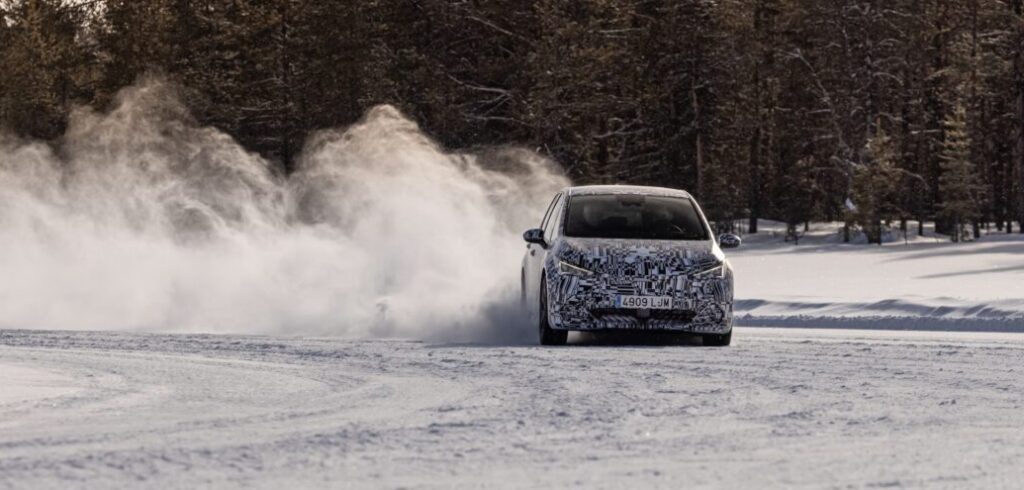For the past two years, engineers at SEAT have been testing the company’s first all-electric offering, the Cupra Born, on a 6km2 frozen lake test circuit near the Arctic Circle.
With temperatures regularly dropping to -30°C, and as testing reached its final stage, the development phase was ramped up and the EV was subjected to over 1,000 further tests in sub-zero temperatures.
Durability testing was carried out, with the Cupra Born covering nearly 30,578 kilometers during day and night test programs, with a particular focus on the Born’s dynamic chassis control and damper settings to prove the car’s performance capability in extreme weather scenarios.
According to SEAT, the varying road surfaces of ice, snow and asphalt enabled the development engineers to test the Cupra’s handling capability in a variety of different grip situations, allowing the team to find a balance between handling and stable braking attributes.
Interior elements also underwent tests, with the climate control system proved to deliver the maximum level of heating instantly, even at -30°C. 3D printers within the Arctic Circle were used to further develop the Born’s air-conditioning system, despite the manufacturer’s Technical Centre being over 4,000km away in Martorell, Barcelona.


